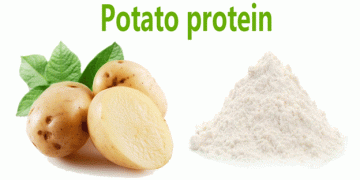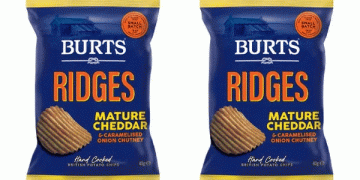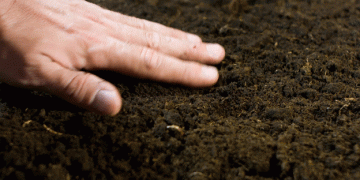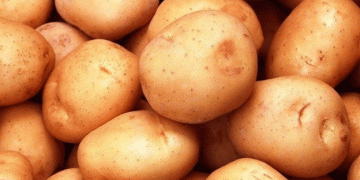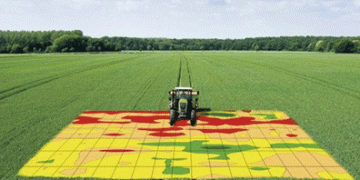This article sheds light on the reemergence of the Colorado potato beetle, a significant pest in potato cultivation, as a result of a mild winter and delayed planting season. Farmers, agronomists, agricultural engineers, and scientists working in agriculture need to be aware of this development and take proactive measures to manage the beetle population and protect their potato crops.
According to a recent report from Nieuwe Oogst, the Colorado potato beetle has resurfaced due to a combination of factors, including a mild winter and a late planting season. The beetle, notorious for its ability to rapidly reproduce and devour potato plants, poses a considerable threat to potato farmers.
Data from various sources indicates that the mild winter conditions have facilitated the survival of overwintering Colorado potato beetles, allowing them to emerge earlier and start feeding on potato crops. Additionally, the delayed planting season has led to a narrower window for crop establishment and growth, making potatoes more susceptible to beetle damage.
To mitigate the impact of this resurgence, farmers and agricultural experts should employ integrated pest management strategies. These strategies include regular monitoring of fields, early detection of beetles and their larvae, crop rotation, and targeted insecticide application when necessary. Additionally, implementing cultural practices such as timely planting and proper sanitation can help minimize the beetles’ population and mitigate potential damage.
In conclusion, the resurgence of the Colorado potato beetle due to a mild winter and delayed planting season presents a pressing concern for farmers and professionals in the agriculture industry. By adopting integrated pest management techniques and implementing preventive measures, stakeholders can effectively manage the beetle population and safeguard their potato crops.
Tags: agriculture, Colorado potato beetle, pest management, integrated pest management, potato cultivation, mild winter, late planting season, crop protection


